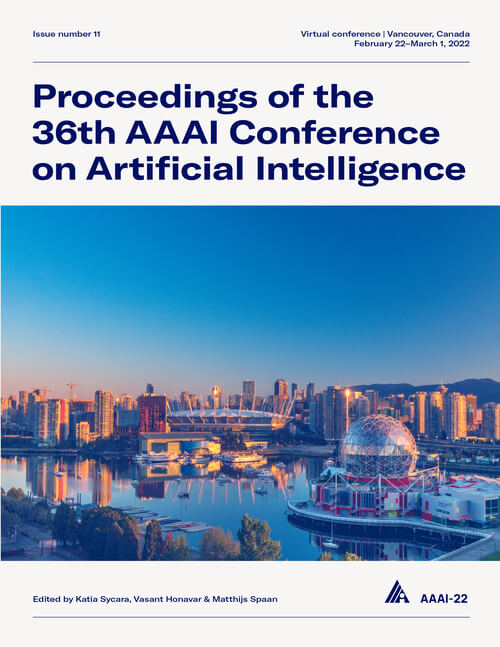Graph Pointer Neural Networks
DOI:
https://doi.org/10.1609/aaai.v36i8.20864Keywords:
Machine Learning (ML)Abstract
Graph Neural Networks (GNNs) have shown advantages in various graph-based applications. Most existing GNNs assume strong homophily of graph structure and apply permutation-invariant local aggregation of neighbors to learn a representation for each node. However, they fail to generalize to heterophilic graphs, where most neighboring nodes have different labels or features, and the relevant nodes are distant. Few recent studies attempt to address this problem by combining multiple hops of hidden representations of central nodes (i.e., multi-hop-based approaches) or sorting the neighboring nodes based on attention scores (i.e., ranking-based approaches). As a result, these approaches have some apparent limitations. On the one hand, multi-hop-based approaches do not explicitly distinguish relevant nodes from a large number of multi-hop neighborhoods, leading to a severe over-smoothing problem. On the other hand, ranking-based models do not joint-optimize node ranking with end tasks and result in sub-optimal solutions. In this work, we present Graph Pointer Neural Networks (GPNN) to tackle the challenges mentioned above. We leverage a pointer network to select the most relevant nodes from a large amount of multi-hop neighborhoods, which constructs an ordered sequence according to the relationship with the central node. 1D convolution is then applied to extract high-level features from the node sequence. The pointer-network-based ranker in GPNN is joint-optimized with other parts in an end-to-end manner. Extensive experiments are conducted on six public node classification datasets with heterophilic graphs. The results show that GPNN significantly improves the classification performance of state-of-the-art methods. In addition, analyses also reveal the privilege of the proposed GPNN in filtering out irrelevant neighbors and reducing over-smoothing.Downloads
Published
2022-06-28
How to Cite
Yang, T., Wang, Y., Yue, Z., Yang, Y., Tong, Y., & Bai, J. (2022). Graph Pointer Neural Networks. Proceedings of the AAAI Conference on Artificial Intelligence, 36(8), 8832-8839. https://doi.org/10.1609/aaai.v36i8.20864
Issue
Section
AAAI Technical Track on Machine Learning III

